Can design legend Axel Vervoordt’s son uphold the mystique of the family name?
With a clientele spanning from Hubert de Givenchy to Robert De Niro, the interior maestro prepares the next generation to carry forward the Vervoordt legacy.
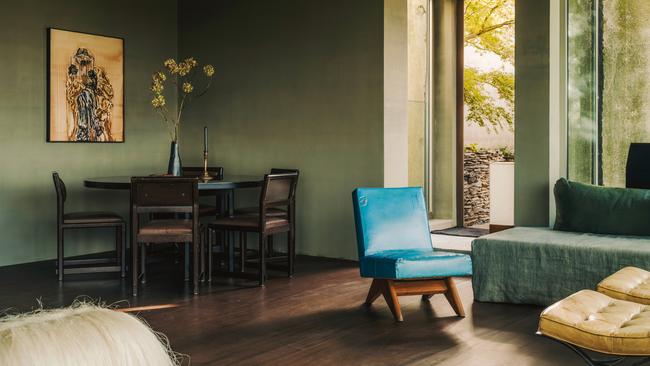
Before the Belgian design impresario Axel Vervoordt could face down the matter of his succession, one question kept nagging at him: who would come and live in the castle?
The early-12th-century fortress near Antwerp has been Vervoordt’s home since 1984, when he and wife May bought it from 42 descendants of a family that had owned it since 1728. As it evolved from a proving ground for his esoteric tastes into a hub for experimentation, Kasteel van ’s-Gravenwezel became a key part of his global enterprise; a kind of turreted display case for the ancient objects and modern art that Vervoordt sells to private clients around the world.
Letting it go was out of the question. So thinking ahead, Vervoordt says, he instead built himself “a beautiful little pavilion, rather like a little monastery” on the grounds, where he and May could downsize and live out their days amid the horses and the sheep. The only problem was that neither of his two sons, Boris and Dick, wanted to move in. Dick was happy on his farm, just down the road in Schilde, with his wife and three children. Boris and his husband, Michael Gardner, were already living in Axel and May’s former townhouse in central Antwerp. Setting up house with them at the castle held no appeal. “I saw that as the end of my happy marriage,” Boris Vervoordt says. “A little bit too much.”
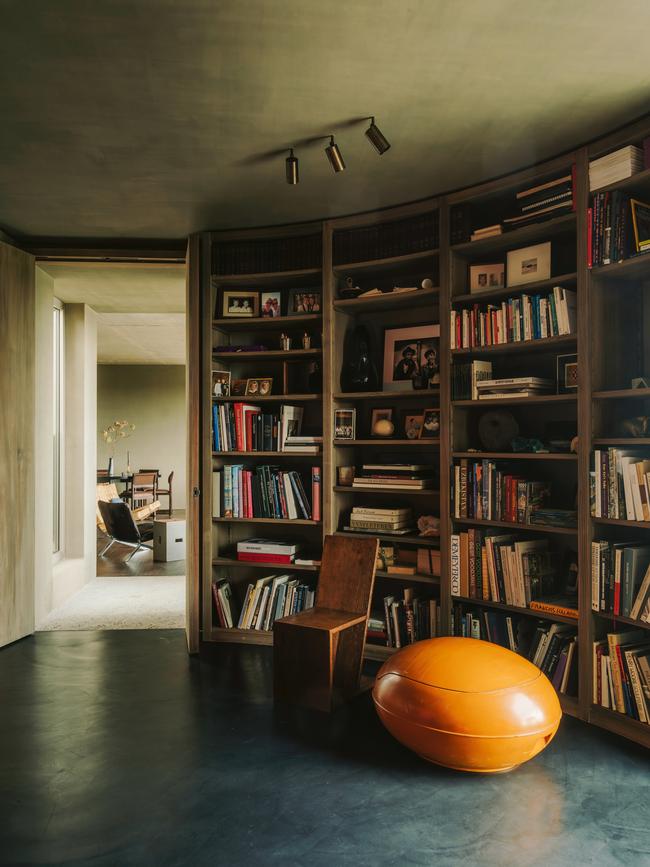
And Boris already had his eye on a castle of his own: the top floor of a former grain distillery near Antwerp’s port, a building whose sharp edges and grid of concrete silos is a familiar sight in the flat landscape. The condo is part of Kanaal, the Vervoordt company headquarters. By moving there, Boris would essentially be living above the shop. How could his father disapprove?
“It was a bit hard, but now I’m over it,” says Vervoordt, now 76. “Anyway, I still go to this little pavilion. I use it much more than I thought. I’ll get very old one day, and I would like to be very old there. But now it’s Boris’s time – he goes to Kanaal.”
Vervoordt, a legendary showman known for mixing eras, genres and cultures in rooms of austere brilliance, built a $58 million global business catering to the most elite names in international fashion, entertainment, finance and tech. He’s gradually become a free agent, working with special clients and shopping the world for inventory, as his sons have taken charge. Boris, 50, now oversees the art, antiques and interior design divisions, crafting an ambitious growth strategy and drumming up new clients, while Dick, younger by three years, leads the company’s ventures in real estate development. Kanaal, which includes a residential arts community, is one.
The addition of real estate has accommodated those who want to live the undiluted Vervoordt life – a move that might not have appealed to past clients such as Rudolf Nureyev and Hubert de Givenchy, but has more recently lured various artists and musicians, including Kanye West, who now owns an apartment at Kanaal.
Boris’s interest in contemporary art from an early age propelled him to the heart of his father’s fiefdom. “The first day I had a driver’s licence, I picked it up on a Friday morning, and Saturday morning I drove to Documenta,” Boris recalls, referring to the contemporary art happening held every five years in Kassell, Germany.
“It was 1992 – the first time I saw Anish Kapoor, Marina Abramovic, Luc Tuymans, the Kabakovs.”
His advocacy of Kapoor led to the installation, a decade later, of the artist’s extravagantly domed sculpture At the Edge of the World (1998) within a former brewhouse at Kanaal, where it has become a signature.
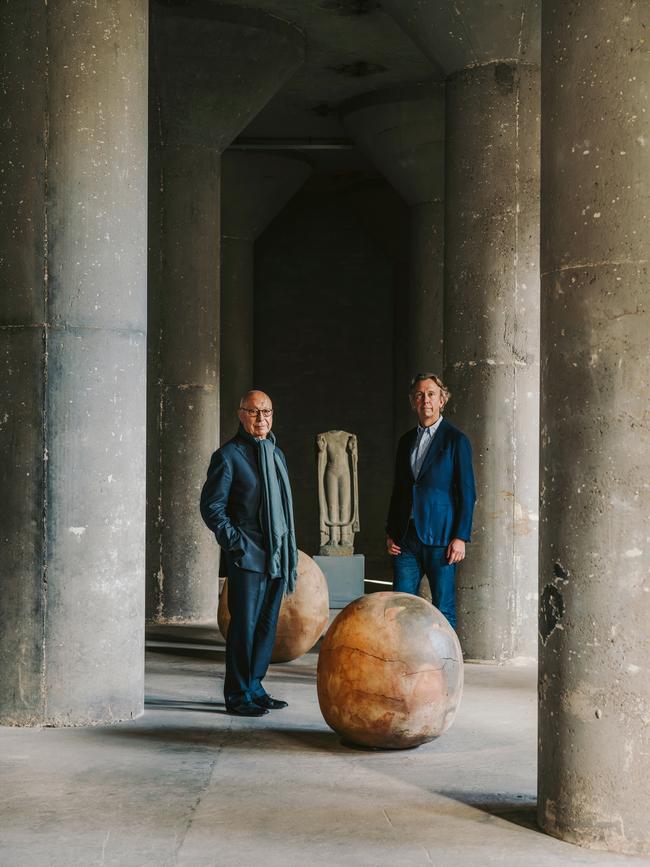
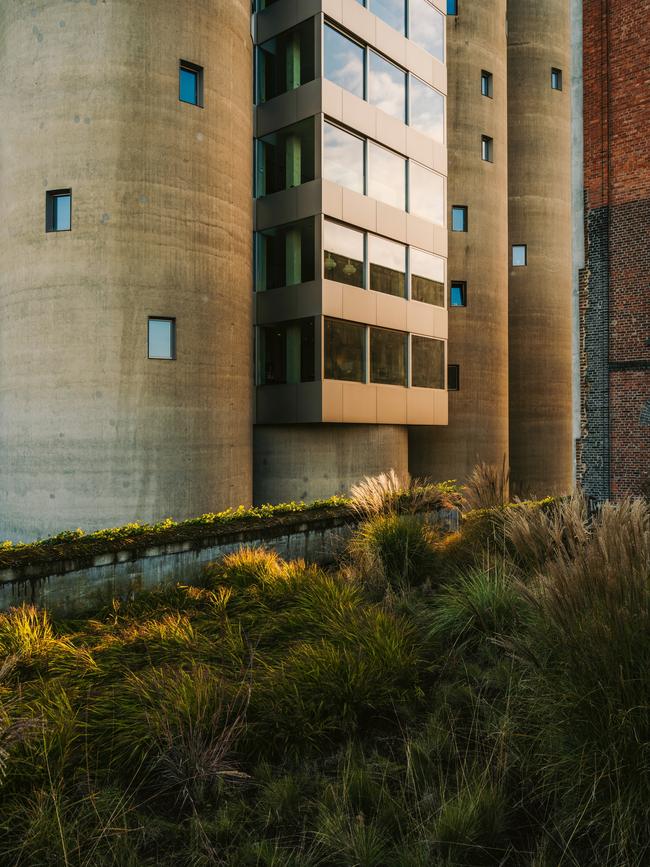
Boris Vervoordt calls his father an intuitive creative thinker – an “ideator,” in the language of FourSight Creative Thinking System, a business tool based on Jungian analysis that the younger Vervoordt has become enamoured with in the past
few years. This lankier, more circumspect version of his father identifies as both an “ideator” and an “implementer,” balancing creativity with an instinct for organisation and business. When Axel Vervoordt decided to make a bigger splash in the art world by mounting an elaborate exhibition during the 2007 Venice Biennale, “It was my role to make it happen,” Boris says. “This is typically the role I get.” (They have now held seven shows in Venice.)
In 2011, Boris opened Axel Vervoordt Gallery opposite his townhouse in Antwerp, followed in 2014 by a location in Hong Kong. The new venture successfully formalised the Vervoordts’ commitment to modern and contemporary art, placing it on equal footing with the interior design business in the public eye. This has been according to plan – Boris’s, with Axel’s buy-in.
“The machine has grown, and that’s Boris,” says his friend Steven Volpe, an American interior designer who’s done business with father and son. “Axel is interested in acquisition, in what something is and how it affects him. But that doesn’t necessarily translate into sales. With the shows in Venice, he was creating art. Boris has been able to translate art into a serious business.”
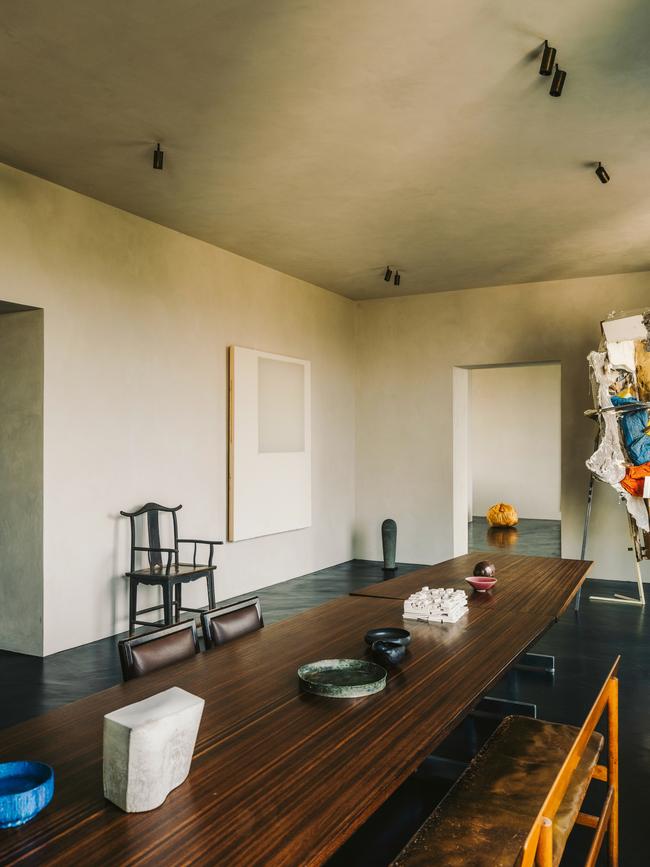
Boris and Michael Gardner moved into Silo 10 at Kanaal last autumn. Its unusual configuration sees a lift open onto the entry hall, from which one route flows south into the airy dining room, living room and master bedroom and bath. To the north is a network of mostly circular concrete spaces inside the former grain storage pillars. During Belgian architect Stéphane Beel’s conversion of the building, two of the eight pillars were rebuilt as squares; those now hold the kitchen and family room. The other six (library, gallery, garden, guest room, wine room, laundry) are each nearly eight metres in diameter and windowed on one, two or three sides.
The library (one window) is where Gardner chooses to work. The former marketing executive from Chicago, who oversees the firm’s social media, exhibition videos and many of its design books, has steeped himself in Vervoordtian shadow and light since 2009, when he and Boris met at a party in Antwerp. Their former townhouse, on the 16th-century cobblestoned street of Vlaeykensgang, bordered on the sepulchral.
Boris Vervoordt is usually at his desk at the south end of the loft, where one window has been blocked with a thickly impastoed painting by the Mexican artist Bosco Sodi. The south-facing view wasn’t all that great, he says, “and it’s the Venetian inspiration. A room has two views, not three. It has the canal side and the campo side”.
Designing the interiors took four months, a job Boris Vervoordt shared with the in-house team nine floors below. The approach, Gardner says, was “typical Vervoordt style – just go forward and move fast. I helped, but it’s like trying to do surgery for the first time when your spouse is a doctor”.
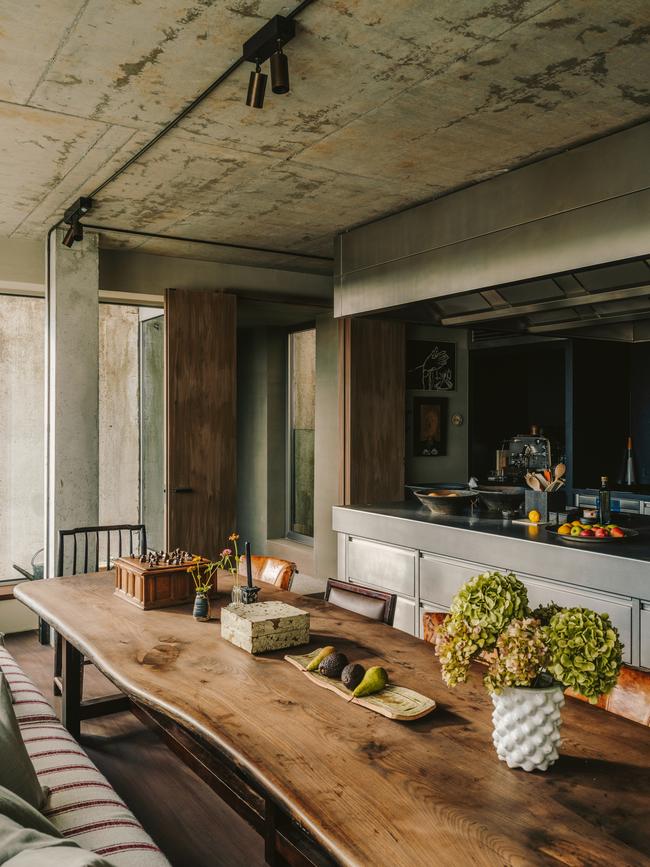
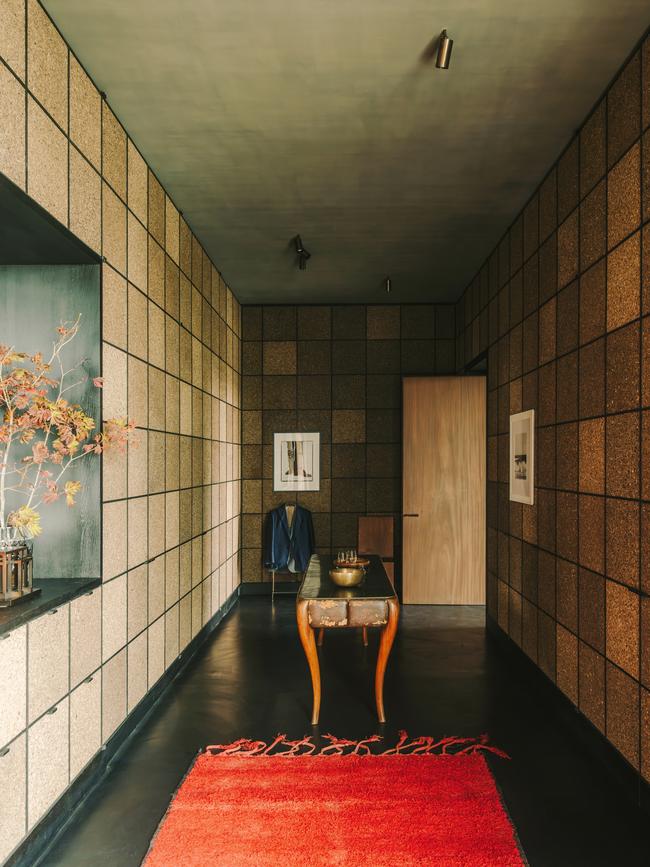
While Gardner’s input was minimal, his interests drove some of the more consequential decisions, including a bedroom with matcha-coloured plaster walls and striking floors swabbed with a black silica-based coating over cement, a treatment he’d admired on a Vervoordt project in India.
“It’s Axel 2.0 – it’s Boris,” Volpe says of the loft, spotting signs of his friend’s tough-minded refinement in a gargantuan table with steel legs by Belgian designer Jules Wabbes and a 1959 Ad Reinhardt black painting – a volcanic presence in the living room. “They are very powerful choices, really almost spiritual.”
Boris Vervoordt says the move, after more than three decades of living in town, “almost feels like a rebirth moment,” he says. “I wake up much fresher because of the daylight. I can work out and still be in the office at 8am.” By 11am, he might be back upstairs with a client curious to see the new place or view work by a gallery artist.
This porosity between public and private marks the family’s way of doing business. In the ’90s, Vervoordt put together a room in the castle with a Ming chair, white sofa, a shepherd’s table from the alps and a few pieces of art. It was a refuge from his warm, cluttered library. “People loved it,” he says. “But I realise now that most people will want to live all the time in that library. I can move between them, depending on my mood.
“It’s very strange,” Vervoordt continues. “We have important clients who love more the apartment of Boris – more contemporary, more younger feeling – but we still have important clients who love the castle and want the spirit of the castle. More young people don’t want the very minimalistic style anymore. They want warmth and cosiness. That’s a big revolution, I think.
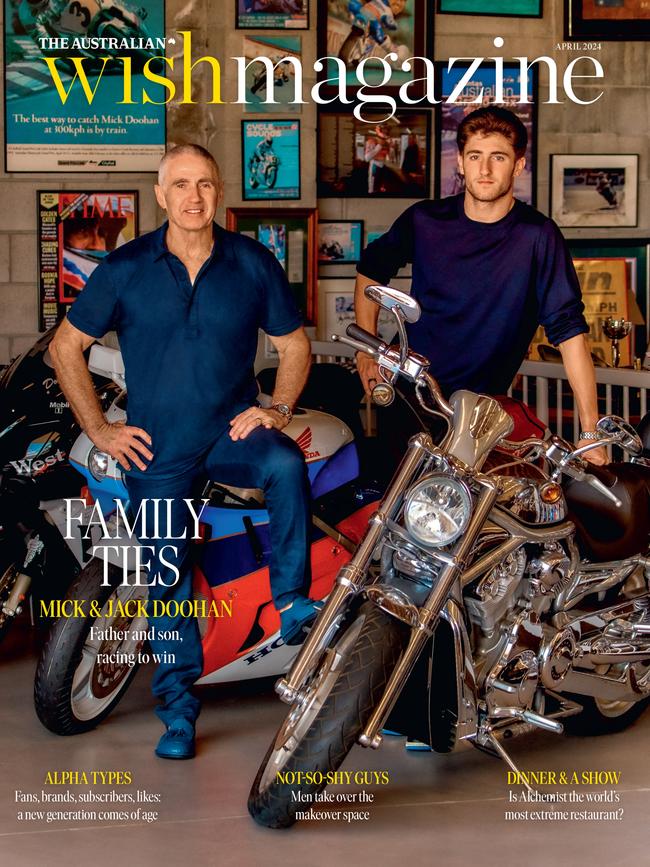
This story is from the April issue of WISH.




To join the conversation, please log in. Don't have an account? Register
Join the conversation, you are commenting as Logout